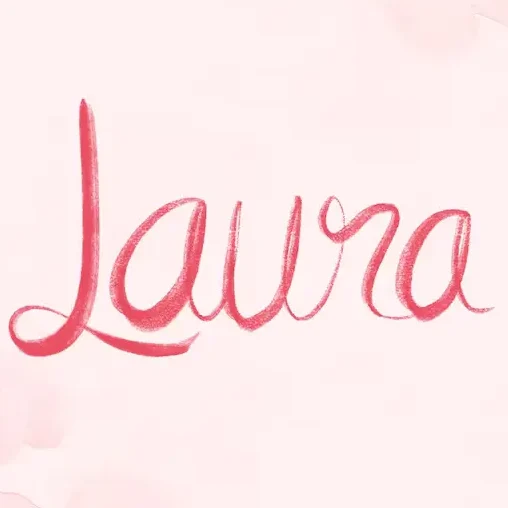By Colin Fernandez Environment Correspondent
22:06 16 Jun 2024, updated 22:09 16 Jun 2024
- Monty Don has resisted getting a lawn at Longmeadow home in Herefordshire
- Don has finally given in after watching his three grandchildren playing outside
- He revealed he was sowing turf grass at 30 grams per square metre for the lawn
For years gardening guru Monty Don has resisted getting a lawn at his Longmeadow home in Herefordshire.
The 68-year-old has preferred to focus on vegetables and flowers rather than grass – and any green allowed to grow in his garden has been left long to benefit wildlife.
But Don has finally given in after watching his three grandchildren playing outside, setting up a lawn in an area known as the Long Walk.
He said: ‘We’ve had a really difficult winter and spring with the Long Walk because we used to have an avenue of clipped box cones, but the box suffered terribly from box blight last year. So we cleared the whole space.’
He added: ‘And the whole point of the Long Walk from day one has been it is a calm, green space, dividing the Cottage Garden on one side, and the Jewel Garden on the other.
‘I want to keep that sense of the gap between two busy gardens. And after lots of discussion, we’ve decided to make a lawn.’
Don, who shares his Tudor home in the village of Ivington, near Leominster, with wife of 40 years Sarah, told BBC2’s Gardeners’ World: ‘For many years, we haven’t really had a lawn here at Longmeadow.
‘But I was watching my grandchildren play the other day, and I realised that what was lovely was seeing them charging up and down… just feeling at ease that they didn’t have to bash into plants or keep off this or not do that.’
Click here to resize this module
His grandchildren are five-year-old George, Daisy, three, and a third grandson who was born in August last year.
Don, who replaced Alan Titchmarsh as the lead presenter of Gardeners’ World in 2003, said he was sowing turf grass – which includes rye grass – at 30 grams per square metre.
He said the seed mix he is using includes ‘a deterrent’ which tastes salty to birds, so they will not be tempted to eat it.
Last year the father of three said he was not a fan of the sort of mown lawn children play on.
He told Radio Times at the time: ‘Letting grass grow, which is, after all, a pretty passive thing to do, is probably the single most effective thing you can do in any garden of any size to encourage particularly insect life but also small mammals, invertebrates and reptiles.’
The horticulturalist also said there was no need to keep lawns ‘stripy and neat’, suggesting it was just a ‘preoccupation’.
He added: ‘Cutting grass burns lots of fossil fuel, makes a filthy noise and is about the most injurious thing you can do to wildlife.’
… but will he try the ‘dead hedge’ trend?
It may look like a pile of sticks you might ask the council to take away.
But ‘dead hedges’ – dead wood turned into an ornamental screen – help cultivate wildlife and are a must-have for a stylish garden, says the Royal Horticultural Society.
The charity, along with the Royal Society for the Protection of Birds, recommends gardeners fit a dead hedge, with the RHS adopting a huge example by designer Sam Southgate at its garden Wisley in Surrey.
Mr Southgate, whose ‘The Nest’ took six months to build, said benefits include shelter from wind and screening for privacy.
He said: ‘It shouldn’t be called a dead hedge. It’s a life-giving hedge. It takes your garden to that next level for wildlife.’
The RSPB said dead hedges ‘work a lot harder for wildlife’ than a fence, providing homes to robins, dunnocks and wrens, while frogs have been found living in the hedge at Wisley.

Laura Adams is a tech enthusiast residing in the UK. Her articles cover the latest technological innovations, from AI to consumer gadgets, providing readers with a glimpse into the future of technology.








